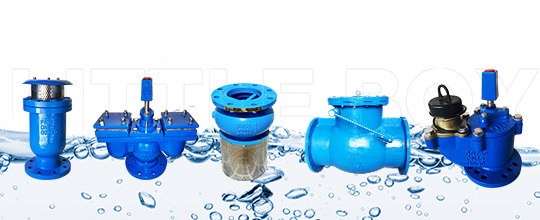Drill pipe
Key words:
One of the vulnerable mechanical parts in the process of oil drilling, drill pipe
With the rapid development of the oil and gas industry, there are more and more oil drilling companies, and the competition is also increasing. So for oil drilling companies, how to achieve "well, well, fast well"? First of all, there must be excellent drilling technology, new theory and practice guidance, followed by the use of excellent drilling equipment. However, in the face of complex and diverse geological structure, oil drilling is still faced with many factors such as deep borehole, high pressure and high temperature. One of the main factors affecting the production progress is the repair and replacement of production equipment parts after damage. Today, the oil distribution editor will take stock of those accessories and avoidance methods that are easily damaged in the process of oil drilling.
Key words:
Function and Characteristics of Geological Drill Pipe
Geological drill pipe is a geological drilling tool designed and produced by friction welding process of geological alloy steel pipe. The geological drill pipe body adopts geological special alloy steel pipe (R780, DZ50), and the geological drill pipe joint adopts high-quality alloy structural steel (42CrMo) through vacuum conditioning treatment, which greatly improves the fatigue strength and shear strength. The geological drill pipe adopts advanced friction welding technology for production and processing. The drill pipe has the characteristics of high bending strength and firm welding, which can ensure the straightness requirements for deep hole drilling, and has high fatigue strength and long service life.
Key words:
Specification and steel grade strength of drill pipe
According to the regulations of the American Petroleum Institute (American Petroleum Institute)(API), drill pipes are divided into three categories according to length (L): the first category: 5.486-6.706m(18-22ft); The second category (commonly used):8.230-9.144m(27-30ft); The third category: 11.582-13.716m(38-45ft). Drill pipe can also be classified by outside diameter size. The sizes (d) of commonly used drill pipes are 88.9,114.3 and 127mm (customarily expressed in imperial sizes: 3 1/2 "4" 5 ").
Key words:
Introduction of joints of drill pipe
The drill pipe joint is an integral part of the drill pipe, which is divided into male and female joints and is connected to both ends of the drill pipe body. In order to enhance the connection strength of the joint, the wall thickness of the pipe body needs to be increased at the joint site. According to the thickening method, it can be divided into three forms: inner thickening, outer thickening, and inner and outer thickening. The thread on the joint is threaded (thick buckle), which is used to connect each single drill pipe. The thread of the drill pipe joint is a taper pipe thread with a sealing shoulder. The shoulder surface is tightened to play a sealing role, and the thread only plays a connecting role. Thickening way is different, the corresponding joint thread buckle type is also different.
Key words:
Drill pipes are divided into three categories: kelly pipe, drill pipe and weighted drill pipe. The connection sequence is kelly (1) drill pipe (n, determined by the depth of the well) heavy drill pipe (n, determined by the design of the BHA).
Key words:
The smooth pipe and the raw steel pipe are made into a drill pipe after a number of processing steps. First, through the treatment of the steel pipe thickening process, the outer surface of the steel pipe is bent inward, and the steel pipe wall is thickened. Next, thread processing is performed and plated with copper to increase strength. A non-destructive quality control inspection is then performed, followed by welding of the steel pipe body joint.
Key words:
Latest Products
latest news





